
It's a very good idea to insulate a summer house if yours is unusable for most of the year. Summer houses are beautiful structures, and they're typically cheaper than garden rooms. However, they normally aren't insulated, hence the name. If you would like to repurpose your summer house as a garden office, or even if you just want to host an occasional garden party in there, without freezing, this advice is for you.
You can then start recreating the loveliest summer house ideas and make the most of this extra outdoor space year-round. Here are the main considerations for insulating a summerhouse.
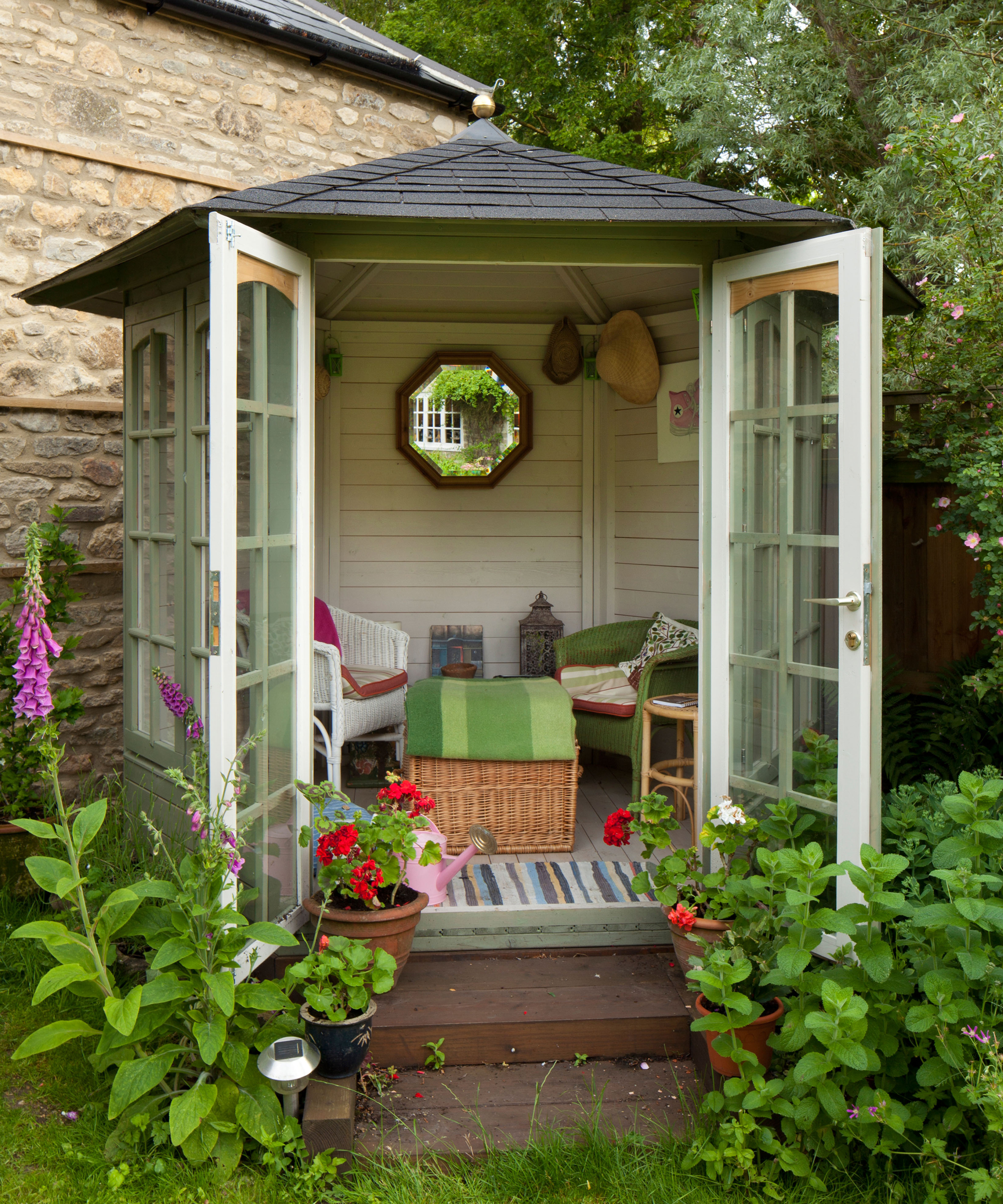
What is the best way to insulate a summer house?
The insulation itself actually isn't the first step in insulating a summer house. The first step should always be a careful examination of the structure for any structural damage that could compromize your insulating efforts. Daniel Murphy, a Marketing Manager at Floor, Wall & Roof Insulation Solutions company UValue, advises checking your summer house for any holes or gaps where heat can leak out. 'Caulk and sealant are only a couple of pounds each and will make a huge difference when it comes to keeping your summerhouse insulated.'
Once you've identified the areas that need sealing, 'use quality caulk and sealant on areas where the sidings meet, including the trim, the bottom edge of the siding where the edge overlaps the doors, where the roof meets the siding, in corners, and around windows and vents. This will keep the inside fully protected from the elements.'
After sealing, you can add your insulation. There are several options when choosing the insulating material for your summer house. Some people are tempted by bubblewrap thanks to its low cost, but Murphy advises against using it, especially 'if you want to add power to your conversion' as it 'can be dangerous.' You can still use bubblewrap for a very basic insulation project if you definitely aren't planning on installing any electrics in your summerhouse.
Nor is fiberglass a great solution for summer houses – it can be a 'nightmare' to work with on outdoor buildings. Fiberglass sheets tend to come in a pre-cut format, which can result in a patchy insulation result. They also are less dense than other options, making fiberglass slightly less effective as an insulating material.
Murphy's top choice of insulating material is 'foil-backed compressed insulation – it's easy to handle, cost-effective, has a great R-value, and is safe to use with electrics, which makes it a great choice for a conversion project.'
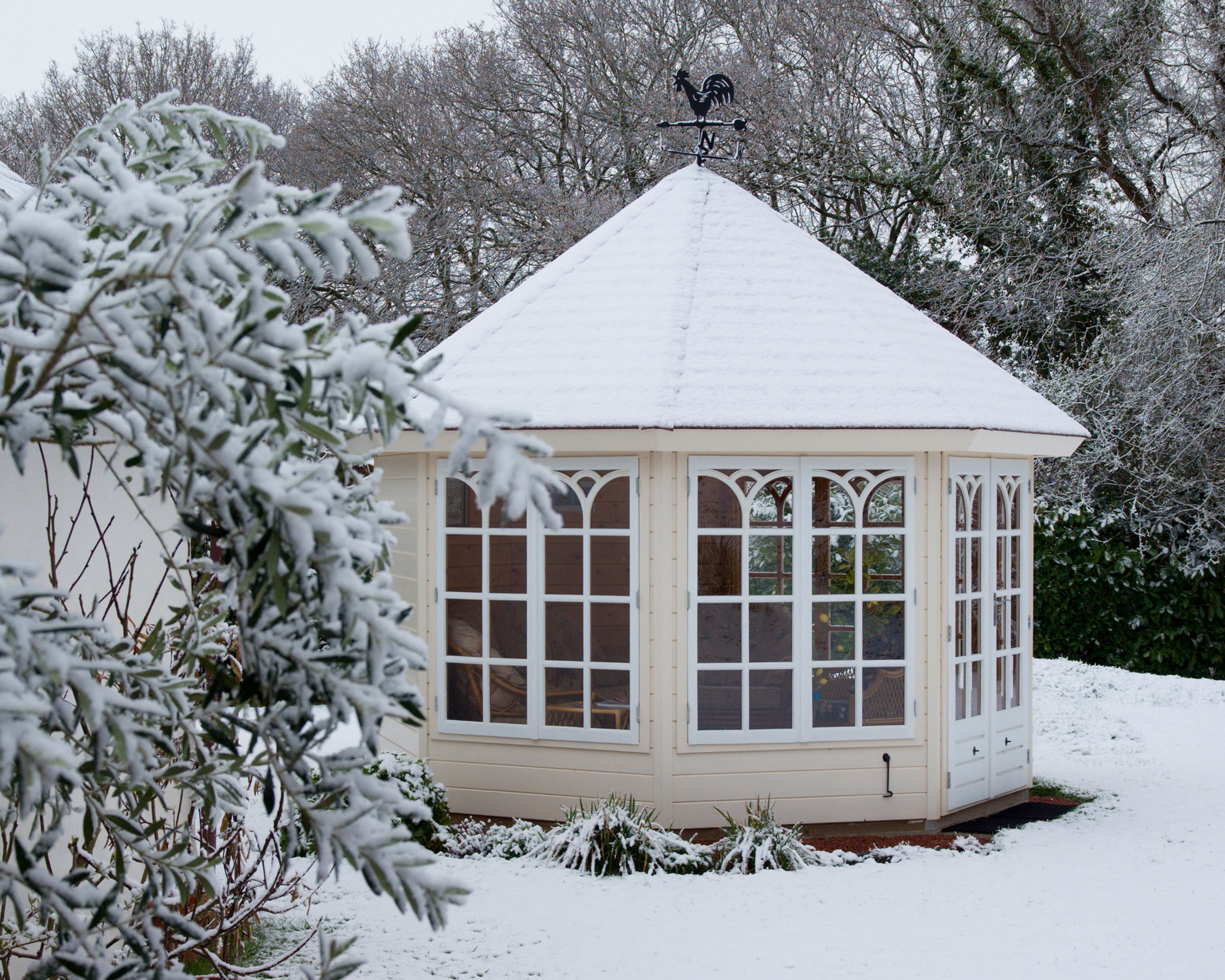
Volodymyr Barabakh, the Co-Founder and Project Director of construction contractors Structural Beam, offers another favorite – polyisocyanurate boards, which can be bought from Amazon. These 'are made out of an insulating material not too dissimilar from styrofoam (but more sturdy) and come in thicknesses of 25-50mm.' According to Baranakh, these panels 'need to be cut to fit flush against the interior walls of your summerhouse (a jigsaw is needed to do this) and then needs to be sandwiched to the wall with an inexpensive wooden composite panel such as MDF or OSB board.'
You can also use tongue-and-groove cladding for a nice rustic finish. Don't forget your drill and insulation spray adhesive, available from Amazon.
The process of installing cladding itself is simple and involves first creating a cavity gap for the insulation to go in with a few of your wooden panels. The insulation is then inserted in the cavity, secured with an adhesive, and hidden with the remaining panels or planks.
How much does it cost to insulate a summer house?
If you are using polyisocyanurate and OSB boards, the two together cost around $2 per square foot. This is a cost-effective solution if you are insulating on a DIY basis. According to Barabakh, 'if you are going to do the job yourself you can expect to pay around $200 for the materials.'
If you get this professionally done, expect to pay $400-$500 depending on the size of the summer house.
Foiled-backed, foam core insulation will cost on average $5-$10 per square foot. It is expensive, but its big advantage is its ability to reflect radiant energy, keeping your summerhouse warm and reducing the need for heating. It's also easy to work with.
Fiberglass insulation is much cheaper, coming in at as little as $1 per square foot. You'll still need to add the cost of your wooden cladding to this. The cost will vary depending on the exact material used, add $1 per square foot.
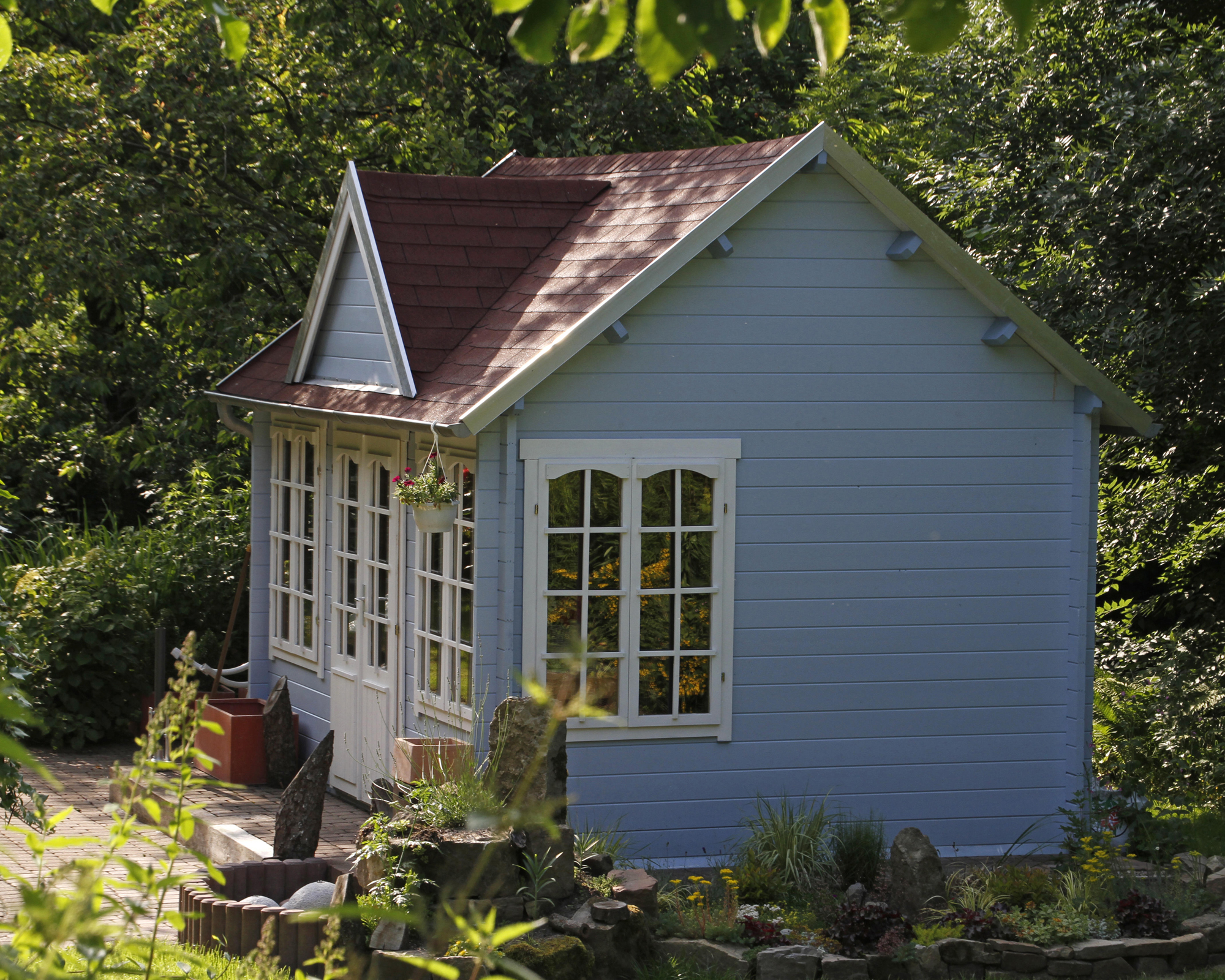
What design considerations are there when insulating a summer house?
As Barabakh points out, 'you have the option to insulate summerhouses either internally (insulating the walls on the inside) or externally (putting the insulation on the outside of the walls).'
Internal insulation is much easier and cheaper to do and most people choose this option. However, external insulation 'might be necessary for smaller summer houses where you do not want to sacrifice space within the building.'
You can also think about adding electricity to your summerhouse. Murphy recommends seriously considering this step, because 'it can be an absolute game-changer. You’ll be able to add things like lighting and heating options to your space.' Do bear in mind that running electricity to an outbuilding 'is not a DIY job – and you shouldn’t take on the work yourself. When it comes to electricity or any kind of light-level electrical work, it's a job best left to the professionals. Take some time to research and consult with a professional to make sure work is carried out safely. This cost will vary depending on the size of the job.'
Finally, consider carpets or rugs in your summer house. If you live in a wet climate, add outdoor rugs. Murphy recommends them because they 'trap the heat much better than traditional wooden floors. The cost of carpeting fully depends on the size of your space and the quality of the materials you wish to use. As they are equal parts a stylistic choice and energy-saving option, the cost will vary.'
Join our newsletter
Get small space home decor ideas, celeb inspiration, DIY tips and more, straight to your inbox!
Anna is a professional writer with many years of experience. She has a passion for contemporary home decor and gardening. She covers a range of topics, from practical advice to interior and garden design.
-
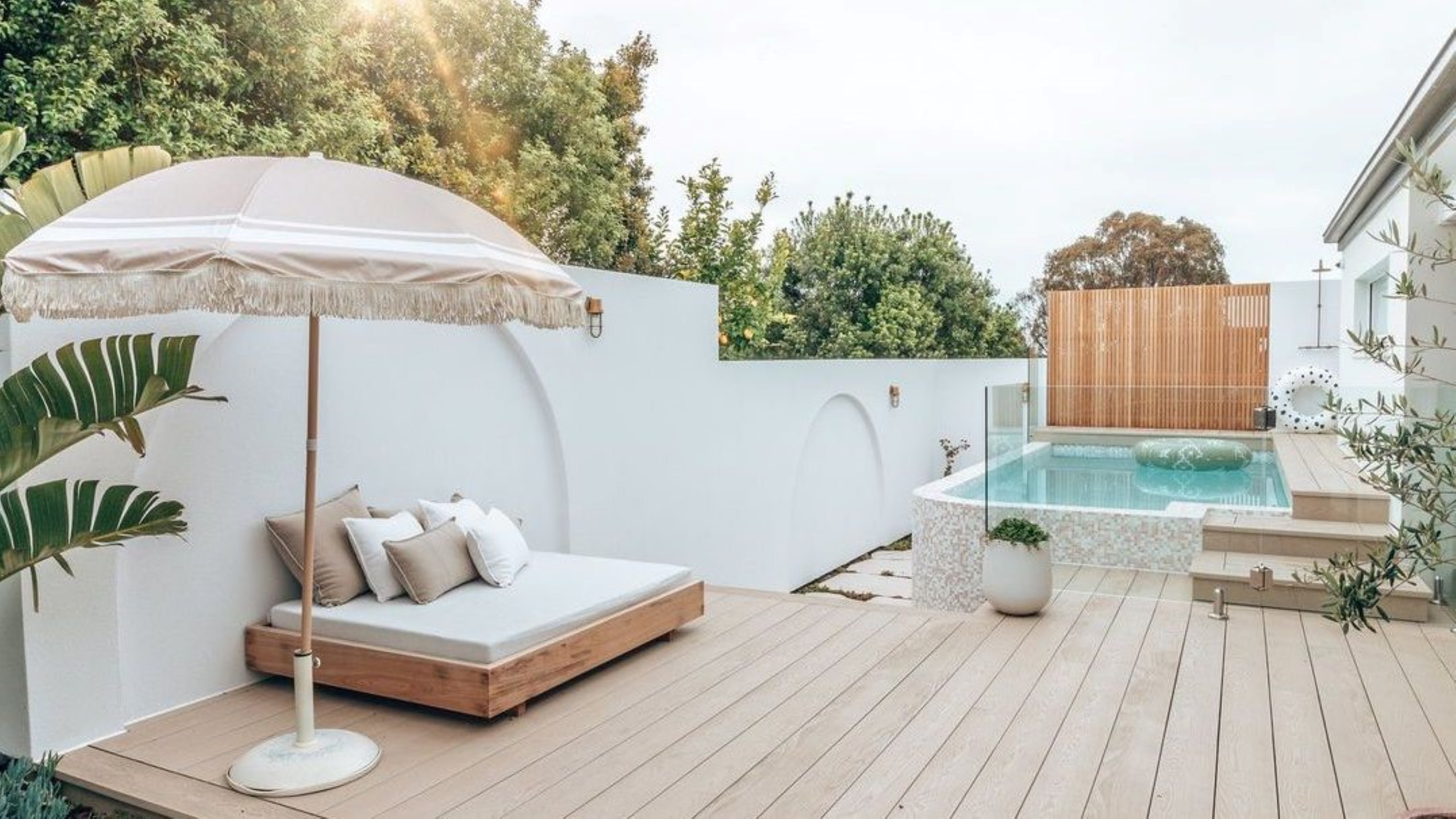 5 DIY above-ground pool deck ideas on a budget
5 DIY above-ground pool deck ideas on a budgetThese above-ground pool deck ideas on a budget will add character and class to your outdoor space
By Becks Shepherd
-
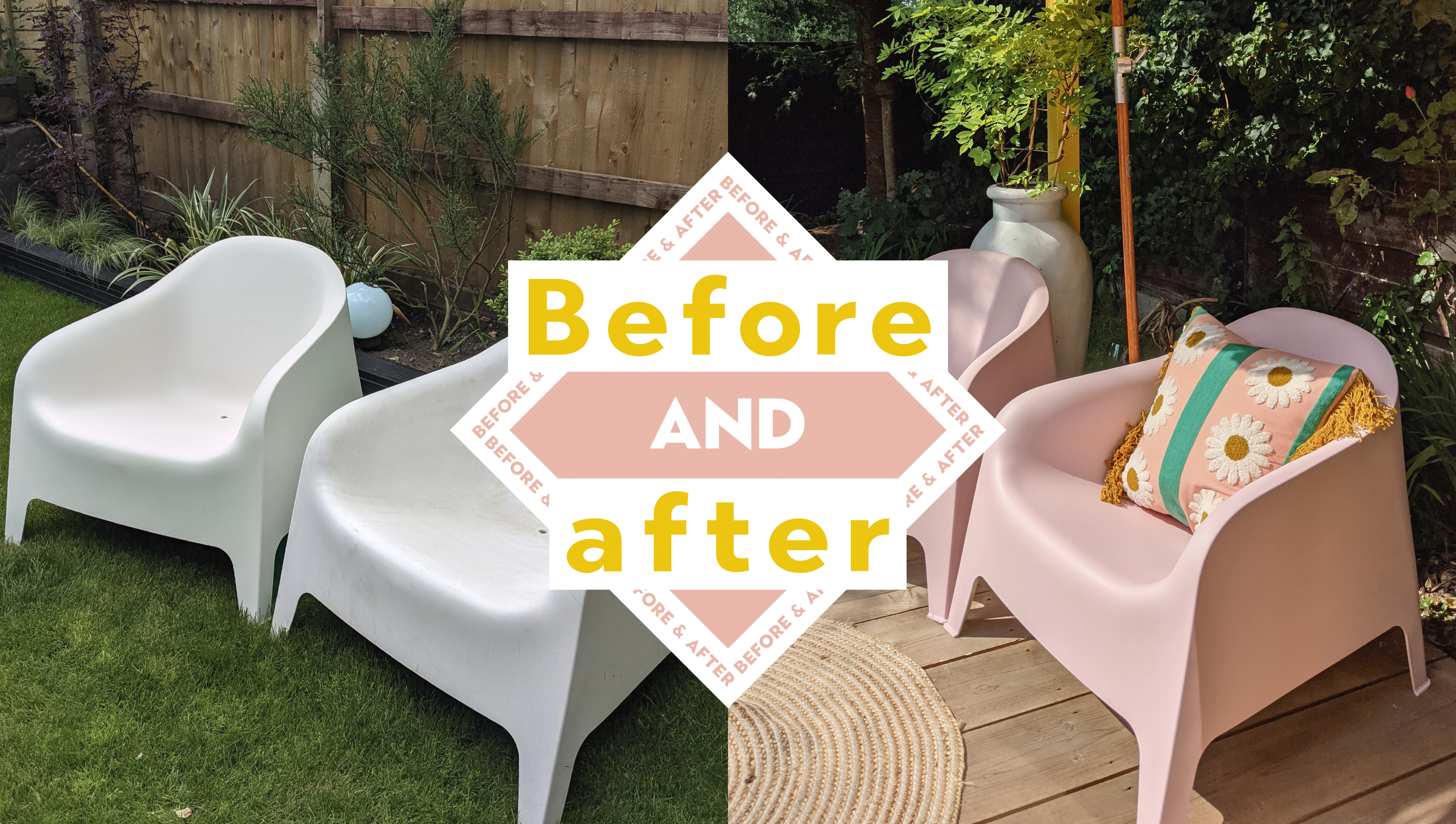 How to paint Ikea outdoor SKARPÖ chairs: from white to Champagne pink
How to paint Ikea outdoor SKARPÖ chairs: from white to Champagne pinkUK DIY blogger Jo Lemos shares how to paint the iconic IKEA SKARPÖ chairs for a budget yet bougie yard upgrade
By Jo Lemos
-
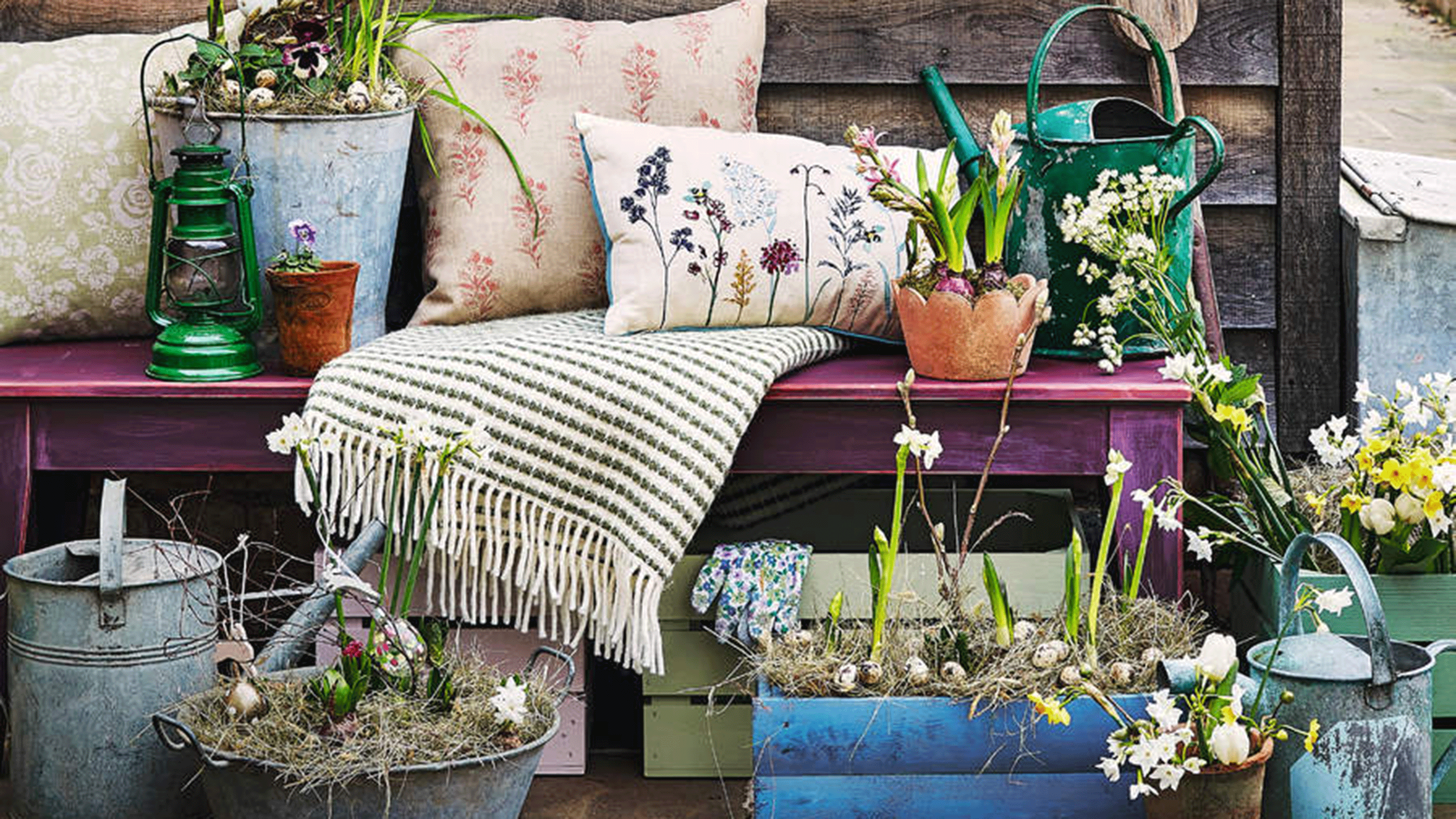 22 DIY alternative planter ideas: easy designs to dress up your porch or patio
22 DIY alternative planter ideas: easy designs to dress up your porch or patioWe guarantee you won't see these DIY alternative planter ideas in your local home improvement store
By Hebe Hatton
-
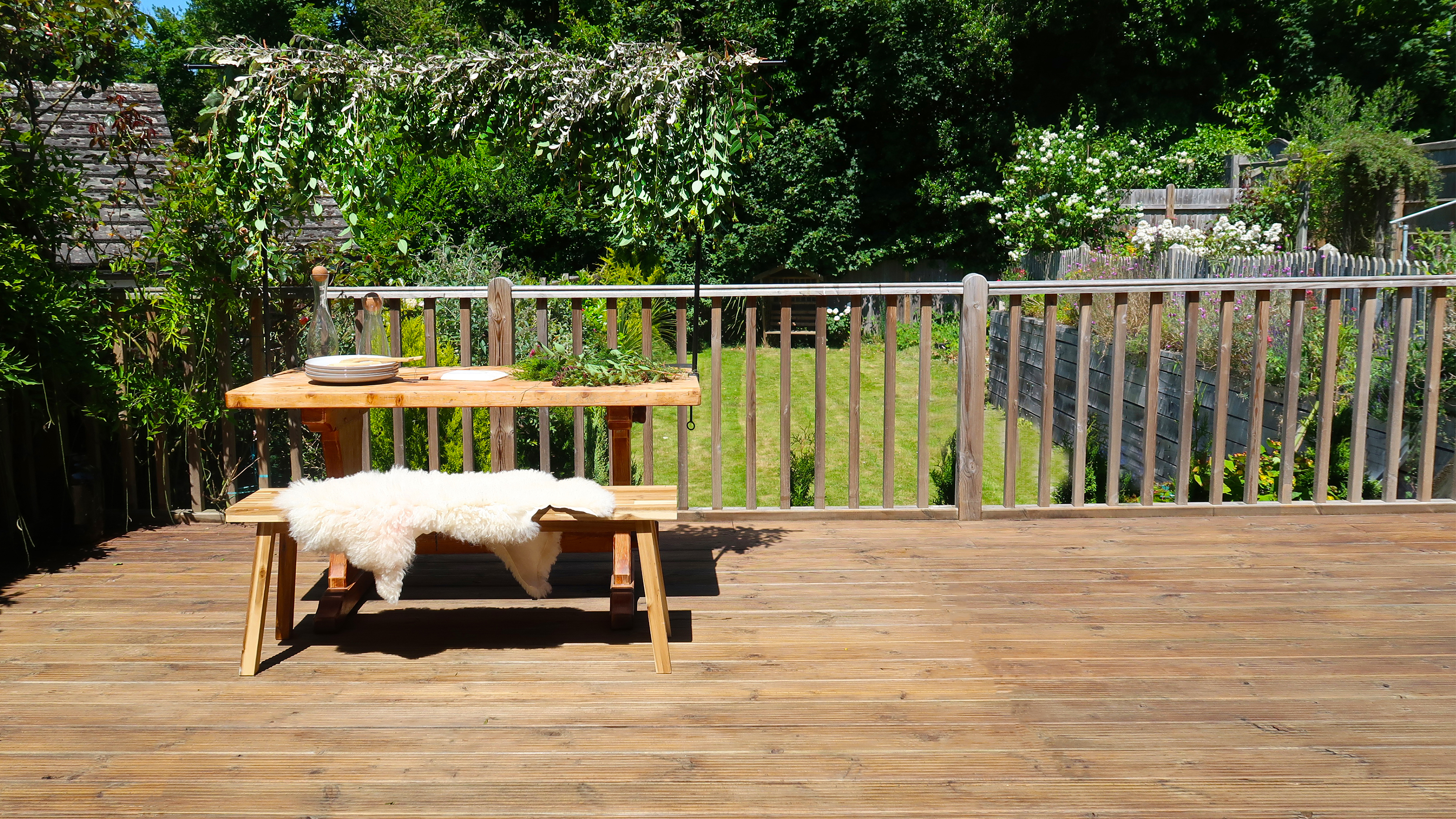 How to oil a deck step-by-step: protect and enhance your outdoor living space
How to oil a deck step-by-step: protect and enhance your outdoor living spaceBring tired and faded decking back to life with our no-nonsense guide on how to oil a deck
By Claire Douglas
-
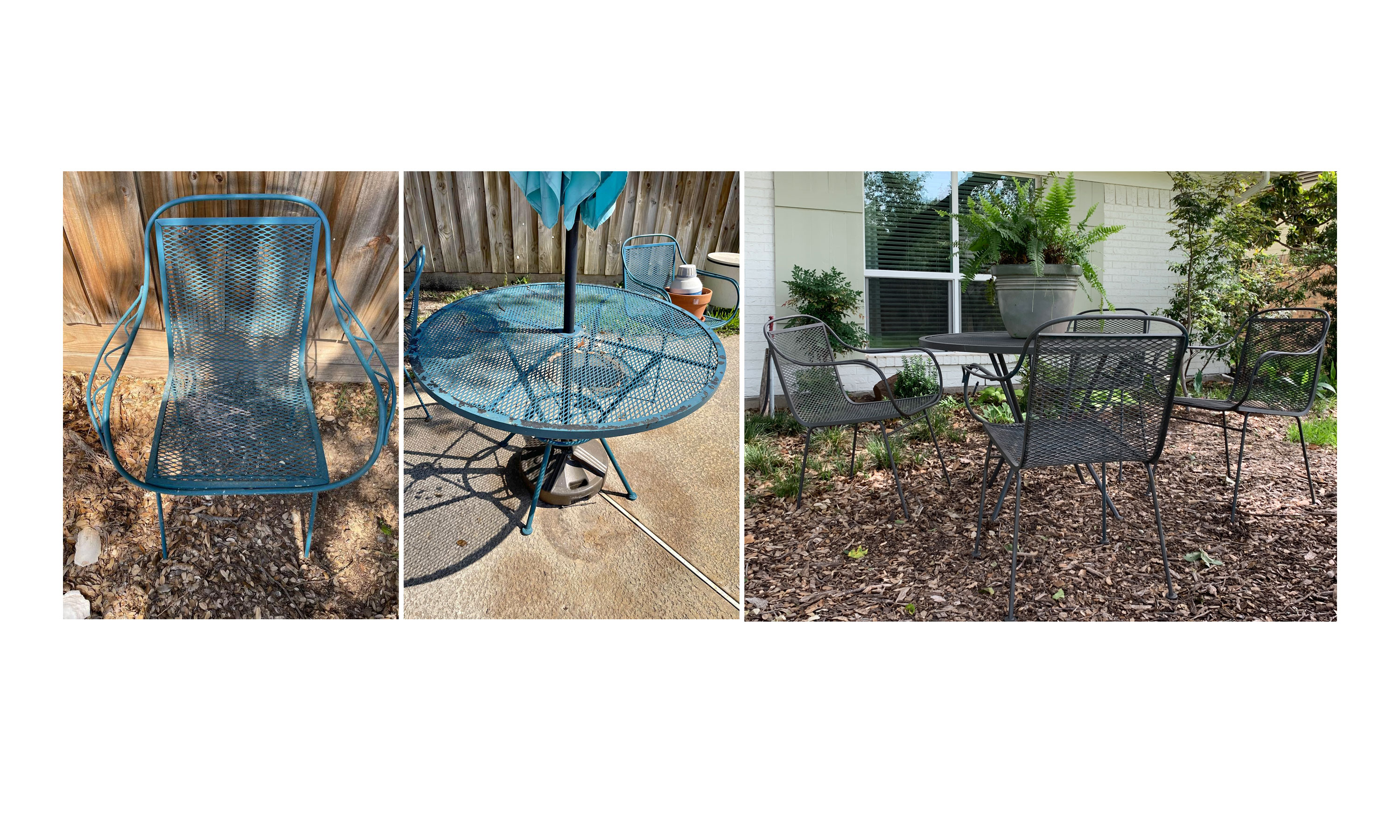 How to revive an old patio furniture set with spray paint, on a shoestring budget
How to revive an old patio furniture set with spray paint, on a shoestring budgetDIYer Jessica Nickerson used spray paint to bring a used metal patio furniture set, from Facebook Marketplace, back to life. Giving her front yard a speedy facelift, for next to nothing
By Camille Dubuis-Welch
-
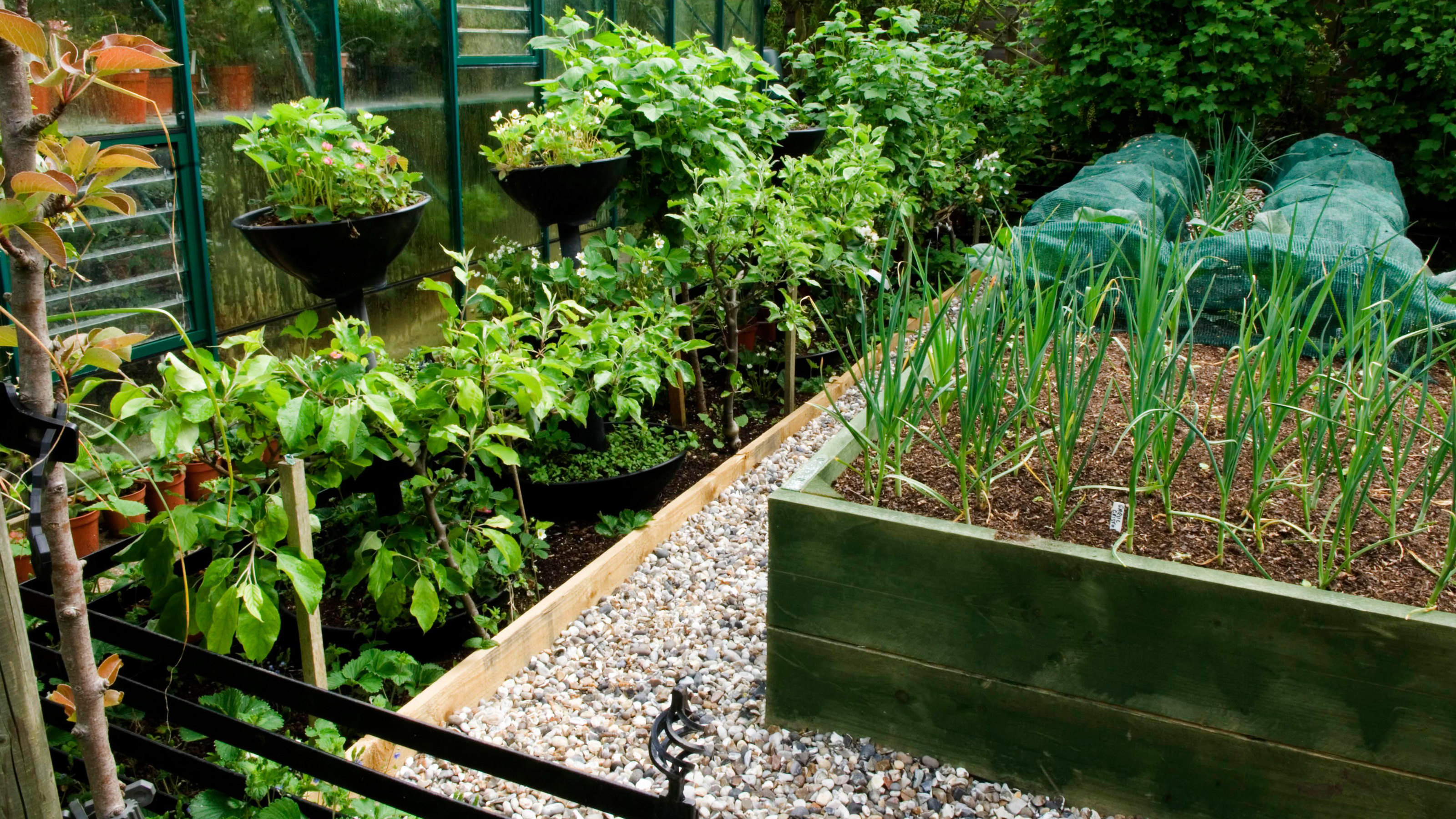 How to build a raised garden bed – everything you need to know about DIY raised bed gardening
How to build a raised garden bed – everything you need to know about DIY raised bed gardeningLearn how to build a raised garden bed with our budget-friendly DIY tips. Raised beds are a beautiful and practical way to grow vegetables and flowers easily.
By Melanie Griffiths
-
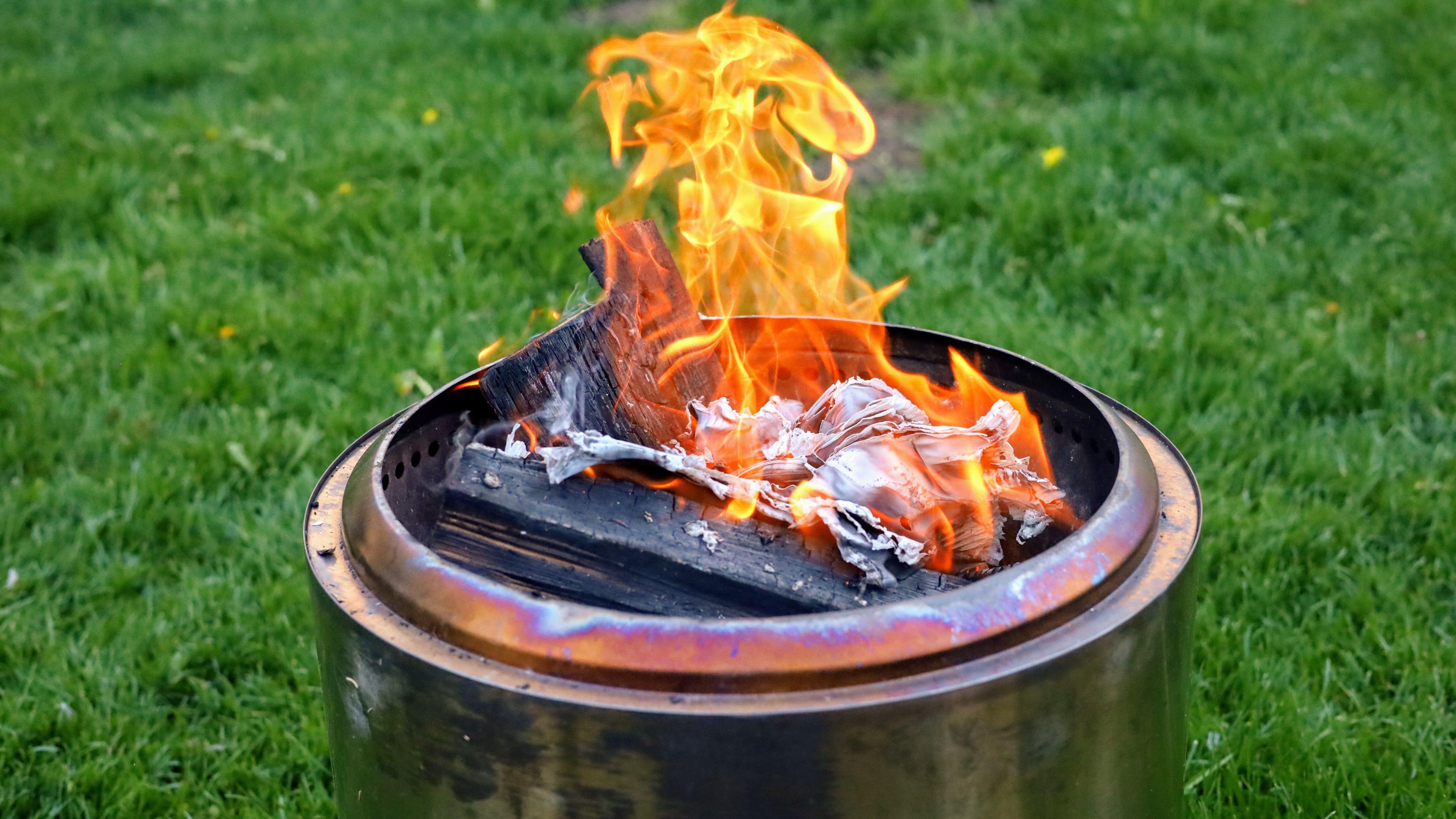 How to build a smokeless fire pit
How to build a smokeless fire pitLearn how to build a smokeless fire pit and enjoy an outdoor fire without the air pollution
By Anna Cottrell
-
 13 striking shed paint ideas for a speedy garden update
13 striking shed paint ideas for a speedy garden updateThese shed paint ideas are sure to inspire a little DIY project and will add a glorious pop of color to your garden
By Hebe Hatton